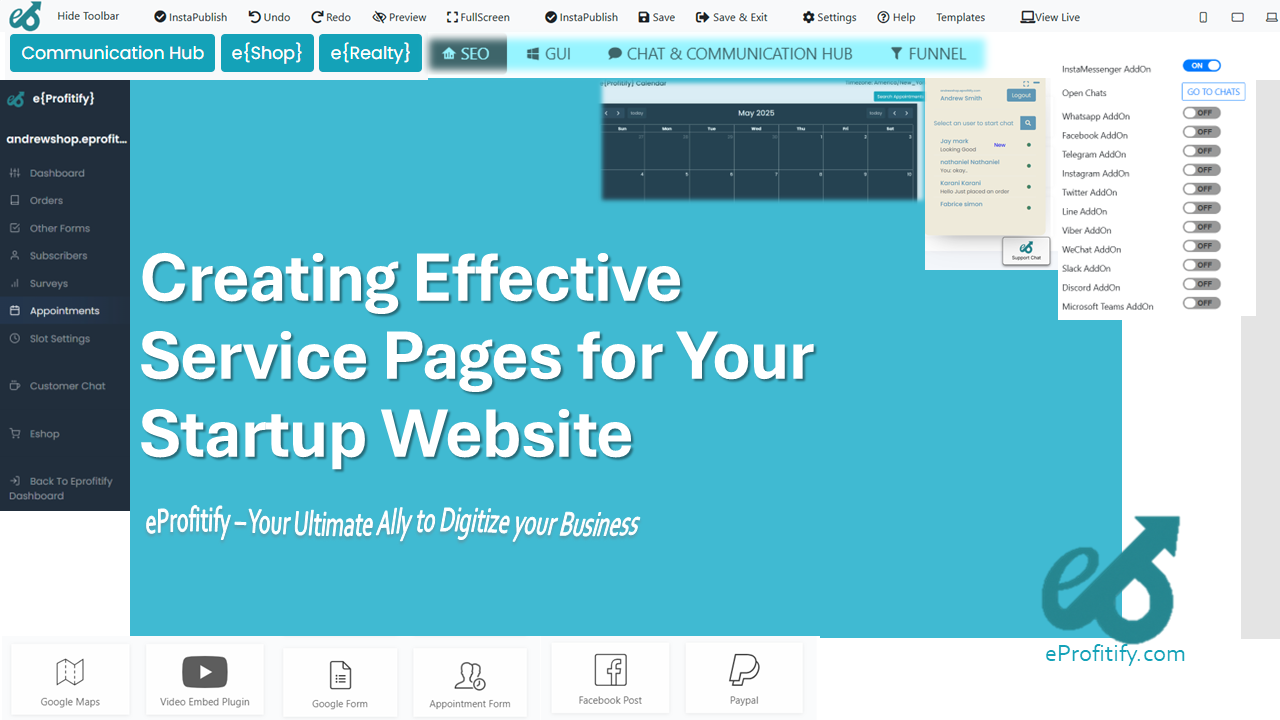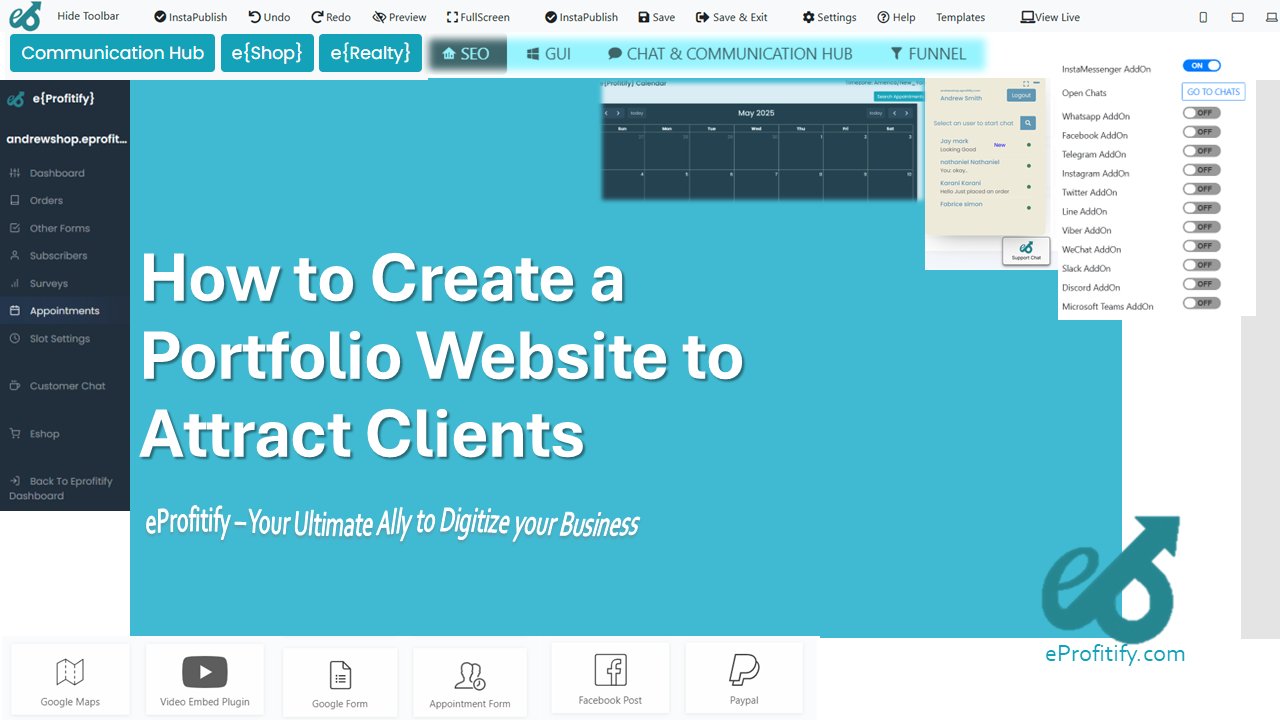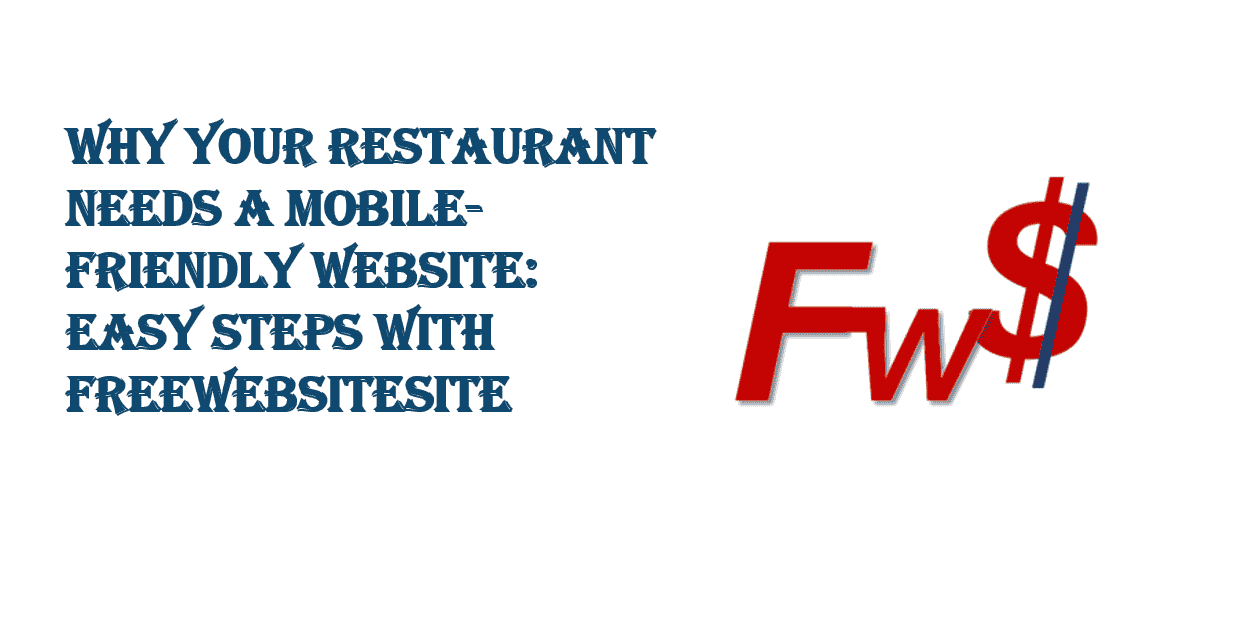Designing an Online Menu That Converts Visitors into Customers

Designing an Online Menu That Converts Visitors into Customers
In today’s digital-first world, an online menu is more than a list of dishes—it’s a critical marketing tool that can make or break a restaurant’s success. With 60% of consumers dining out less frequently post-pandemic but spending 10% more per transaction, according to Toast’s 2023 Restaurant Success Report, optimizing your online menu for conversions is essential. A well-designed menu not only showcases your offerings but also drives customer engagement, builds trust, and streamlines ordering. Here’s how to create an online menu that turns visitors into loyal patrons, supported by data and tools like eprofitify, a leading platform for website management and customer engagement.
1. Prioritize User Experience (UX) Design
A seamless UX is the foundation of an effective online menu. Cluttered layouts, slow load times, or confusing navigation frustrate users, with 53% abandoning sites that take longer than three seconds to load (Google). To retain visitors:
- Simplify Navigation: Use intuitive categories (e.g., Appetizers, Mains) and filters (dietary preferences, price ranges).
- Optimize Speed: Compress images and minimize code bloat.
- Mobile-First Design: With 62% of diners browsing menus on smartphones (Statista), ensure responsiveness.
eprofitify’s Advantage: The platform offers responsive templates optimized for speed and mobile usability, along built-in SEO tools to enhance discoverability. Its drag-and-drop editor allows easy customization without coding.
2. Leverage High-Quality Visuals
Humans process visuals 60,000 times faster than text (MIT), and 70% of consumers say food photos influence ordering decisions (Nielsen Norman Group). To capitalize on this:
- Use professional photos of bestsellers and seasonal items.
- Add subtle animations or hover effects to highlight specials.
- Include short videos (e.g., a chef preparing a signature dish).
However, balance aesthetics with functionality—overloading pages with media can slow load times.
eprofitify’s Advantage: Integrate multimedia effortlessly with its media-rich templates and cloud storage for high-resolution images.
3. Craft Compelling Descriptions
Well-written menu descriptions can increase sales by up to 30% (Cornell University). Use sensory language (e.g., “slow-roasted,” “crispy”) and highlight unique selling points, such as locally sourced ingredients or gluten-free options. For example:
“Homemade lasagna layered with grass-fed beef ragú, fresh basil, and melted mozzarella, baked to perfection.”
Avoid jargon and keep descriptions concise.
4. Streamline Ordering and Payment
A complicated checkout process leads to cart abandonment, which affects 75% of online food orders (Baymard Institute). To reduce friction:
- Enable one-click reordering for repeat customers.
- Offer multiple payment options (credit cards, digital wallets).
- Provide real-time order tracking.
eprofitify’s Advantage: Its integrated ecommerce tools support secure payments, custom order workflows, and automated confirmations. Instant messaging allows customers to ask questions during checkout, reducing abandonment.
5. Highlight Social Proof
85% of diners trust online reviews as much as personal recommendations (BrightLocal). Feature customer testimonials, star ratings, or press mentions near high-margin items. For example:
“Our avocado toast—voted ‘Best Brunch’ by Local Eats Magazine!”
6. Personalize Recommendations
Data shows personalized menus can boost sales by 20% (McKinsey). Use CRM insights to display tailored suggestions based on past orders or demographics. For instance, show vegetarian dishes to users who frequently order meat-free options.
eprofitify’s Advantage: Its CRM system tracks customer behavior, enabling dynamic content customization and targeted promotions via email or SMS.
7. Simplify Reservations and Appointments
For restaurants offering dine-in, integrating booking systems directly into the menu page increases conversion rates. Apps like OpenTable report a 25% rise in reservations when users can book without leaving the menu.
eprofitify’s Advantage: The appointment management system lets customers reserve tables, schedule events, or book catering services in seconds.
8. Use Analytics to Refine Your Menu
Monitor metrics like click-through rates, popular items, and bounce rates to identify trends. If a dish has low engagement, revise its description or placement.
eprofitify’s Advantage: Built-in analytics provide real-time insights, while A/B testing tools let you experiment with layouts or pricing.
How eprofitify Enhances Online Menu Success
eprofitify stands out as an all-in-one platform for creating high-converting menus, offering:
- Instant Messaging: Resolve customer queries in real time.
- Ecommerce Integration: Manage online orders, payments, and delivery.
- CRM: Track customer preferences for personalized marketing.
- Appointment Management: Seamless bookings linked to menu pages.
- SEO and Analytics: Optimize content and track performance.
Conclusion
An effective online menu blends aesthetics, functionality, and strategic marketing. By prioritizing UX, leveraging visuals, and streamlining transactions, restaurants can turn casual browsers into loyal customers. Platforms like eprofitify simplify this process with tools that enhance engagement, automate workflows, and drive data-driven decisions. In an industry where convenience reigns supreme, investing in a conversion-focused menu isn’t just smart—it’s essential for growth.
Statistics sources: Toast, Nielsen Norman Group, Statista, Google, Baymard Institute, BrightLocal, McKinsey.
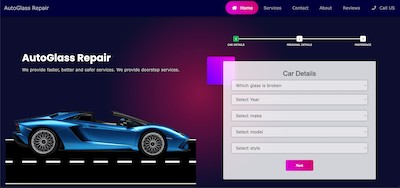
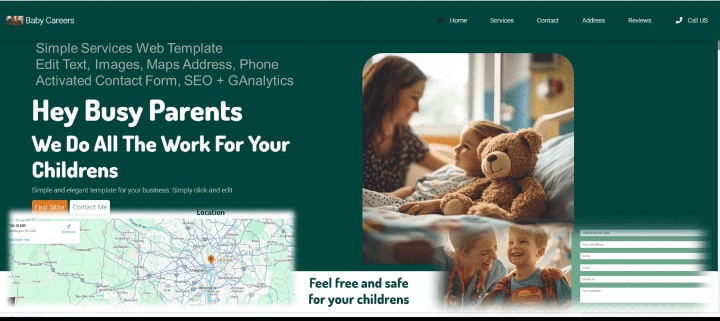
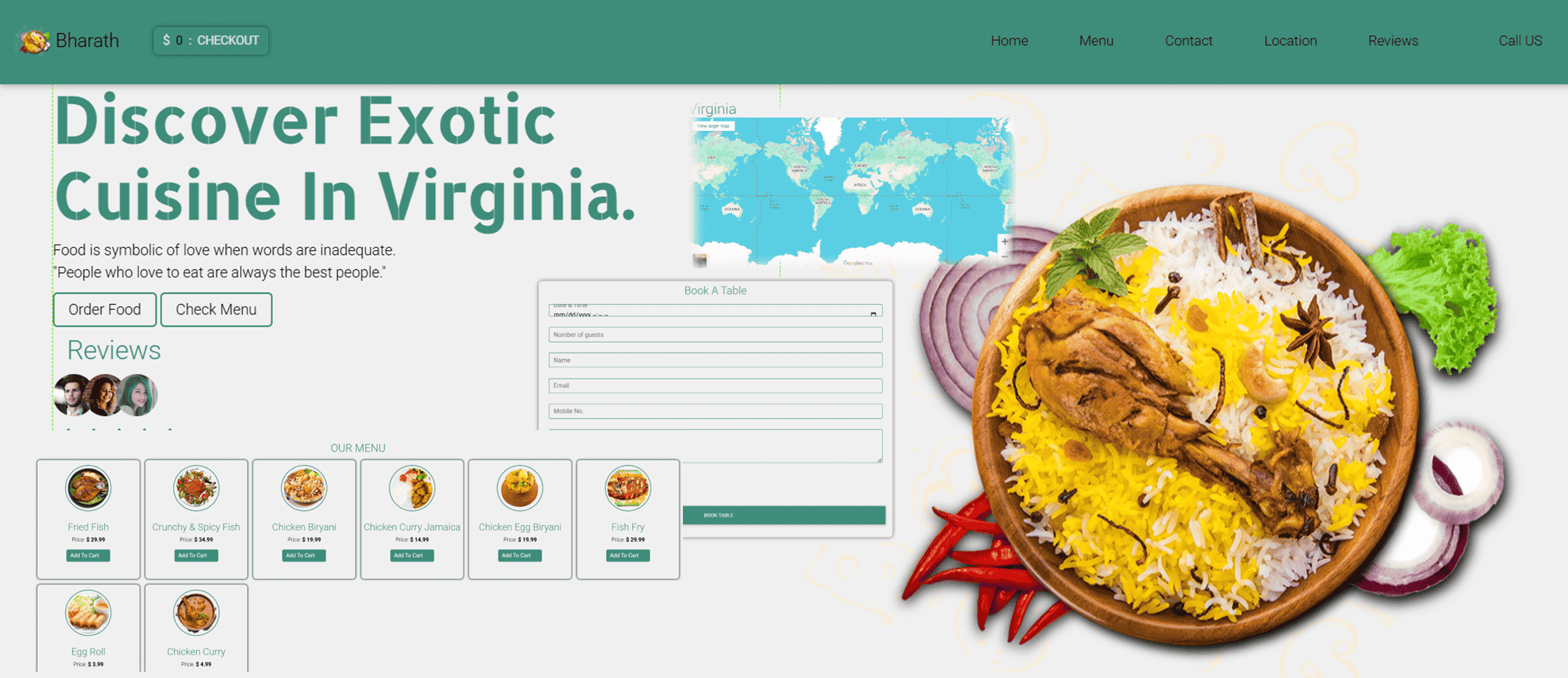
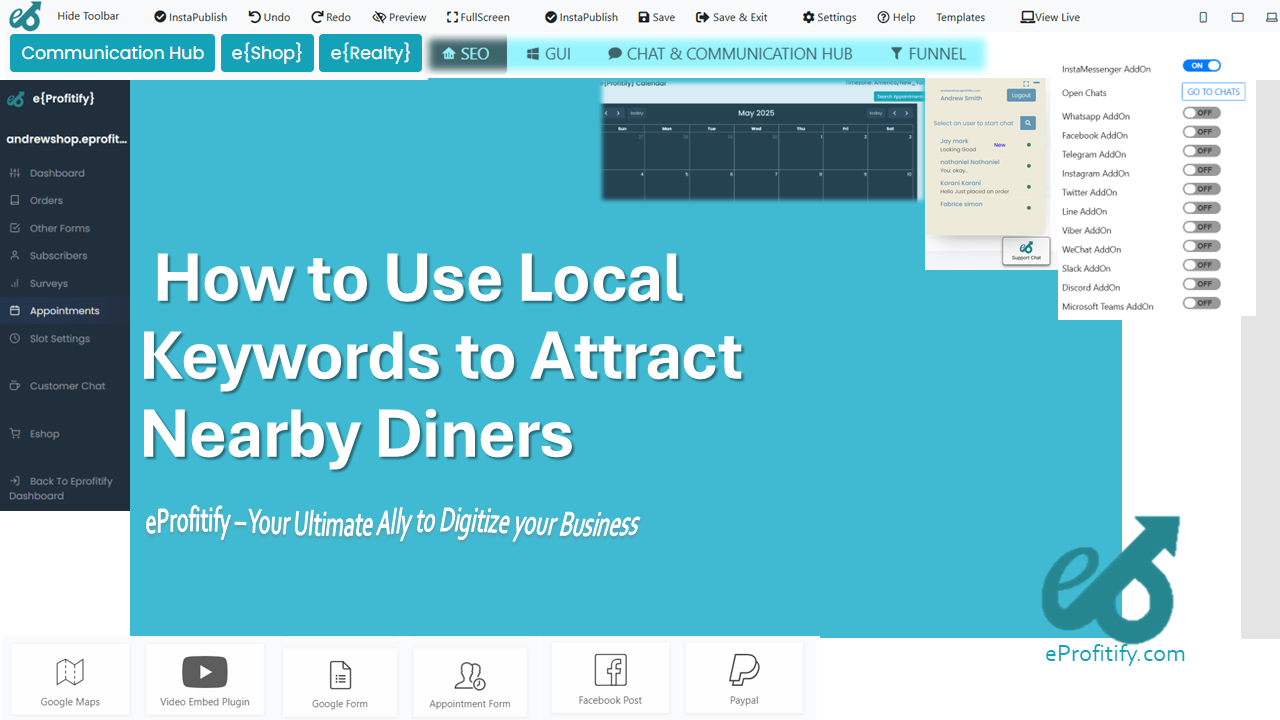
.png)
